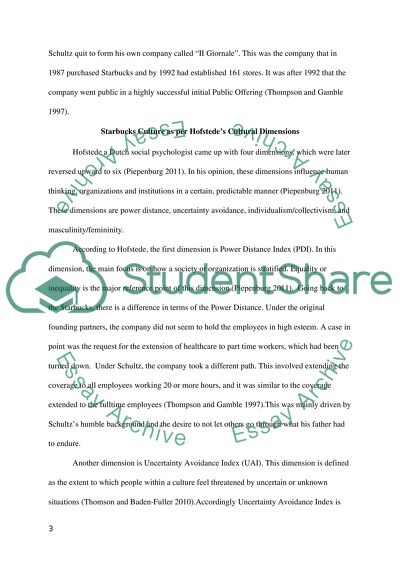Cite this document
(“Starbucks Case Study Essay Example | Topics and Well Written Essays - 2000 words”, n.d.)
Retrieved from https://studentshare.org/marketing/1456283-starbucks-case-study
Retrieved from https://studentshare.org/marketing/1456283-starbucks-case-study
(Starbucks Case Study Essay Example | Topics and Well Written Essays - 2000 Words)
https://studentshare.org/marketing/1456283-starbucks-case-study.
https://studentshare.org/marketing/1456283-starbucks-case-study.
“Starbucks Case Study Essay Example | Topics and Well Written Essays - 2000 Words”, n.d. https://studentshare.org/marketing/1456283-starbucks-case-study.


